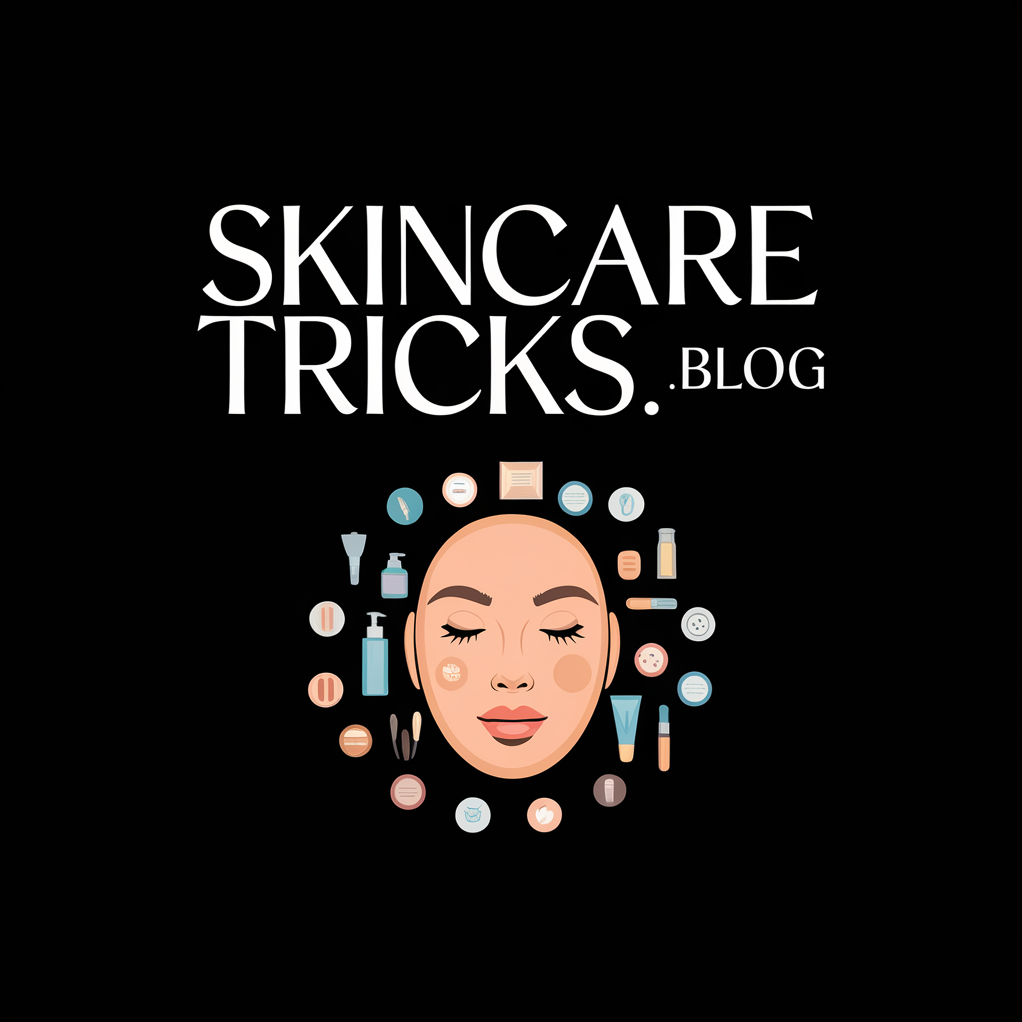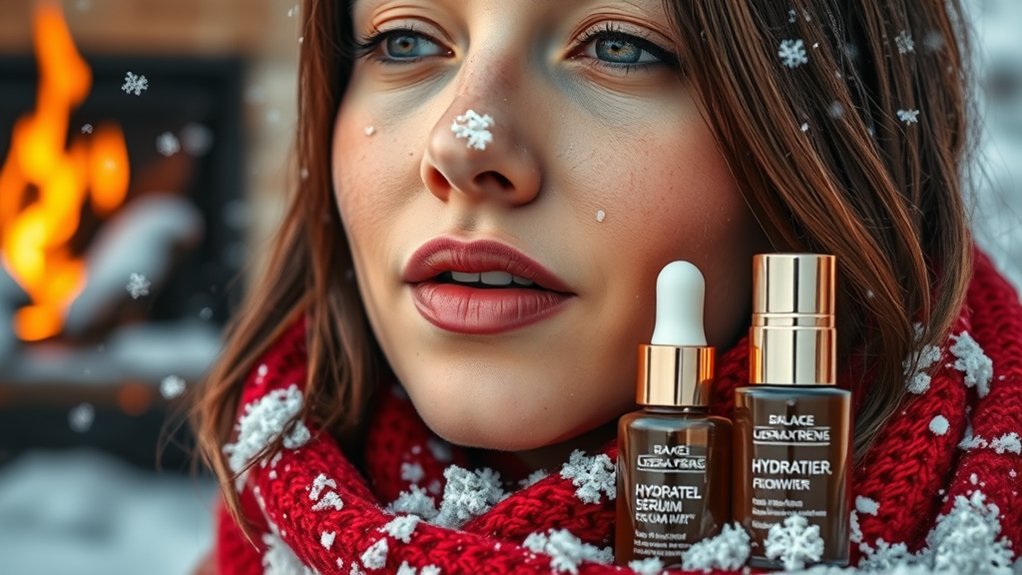Why You Break Out in Winter (And How to Fix It)
Many people aren’t aware that winter can actually exacerbate acne due to environmental shifts and changes in your skin’s natural balance. As indoor heating and low humidity strip moisture from your skin, you may find yourself facing unexpected breakouts. Understanding the underlying causes and adjusting your skincare routine can make all the difference. Let’s explore how these factors contribute to winter acne and what you can do to achieve a clearer complexion.
Understanding Winter Acne
Understanding winter acne requires recognizing how the colder months can alter your skin’s condition.
During winter, low humidity levels and indoor heating can strip moisture from your skin, leading to dryness. This dryness may trigger an increase in oil production, resulting in clogged pores and breakouts.
Additionally, you might find that wearing heavier products for hydration can compound the issue. To combat this, it’s essential to prioritize identification of triggers that contribute to your winter skin issues and adjust your routine accordingly.
You’ll need to adapt your skincare routine for winter acne by choosing gentler cleansers and non-comedogenic moisturizers.
Environmental Factors Contributing to Breakouts
As winter progresses, environmental factors like dry indoor air and cold weather can significantly affect your skin. These conditions lead to seasonal changes that often disrupt your skin’s natural balance, resulting in breakouts. Understanding how these elements interact with your skin can help you develop more effective strategies for maintaining clear skin during this challenging season. Additionally, during winter, over-washing your skin can strip its protective oils, further exacerbating dryness and breakouts.
Dry Indoor Air
Many people don’t realize how much dry indoor air in winter can influence your skin health and contribute to breakouts. The low humidity levels result in moisture loss from your skin, leading to dryness and irritation.
This compromised barrier function can trigger overproduction of oil, which, when combined with dead skin cells, clogs pores and creates an ideal environment for bacteria, ultimately resulting in breakouts.
To mitigate this issue, consider using a humidifier to maintain indoor humidity levels. Additionally, incorporating hydrating moisturizers into your skincare routine can help replenish moisture and maintain your skin’s integrity in these harsh conditions.
Cold Weather Impact
While cold weather might seem like just an inconvenience, it significantly impacts your skin’s health and can exacerbate breakouts. Factors such as temperature fluctuations and humidity levels contribute to this issue. When the air becomes drier, your skin may overproduce oil to compensate, increasing the likelihood of clogged pores.
| Environmental Factor | Impact on Skin | Resulting Issue |
|---|---|---|
| Low Temperatures | Reduced moisture | Dry, flaky skin |
| Low Humidity | Oil overproduction | Clogged pores |
| Indoor Heating | Irritation | Increased breakouts |
| Wind Exposure | Barrier disruption | Inflammation |
Seasonal Skin Changes
Winter brings a series of environmental changes that can significantly affect your skin’s condition, making breakouts more likely.
The drop in humidity leads to dry, irritated skin, which can disrupt your skin barrier. You may then produce excess oil to compensate, clogging pores and triggering breakouts. Indoor heating exacerbates this issue, further dehydrating the skin.
Additionally, changes in your skincare routine during colder months—like using thicker moisturizers—can also contribute to congestion. As your skin responds to these shifts, it’s crucial to adjust your regimen to maintain balance, keeping hydration levels steady while preventing excess oil production.
Skin Changes During the Winter Months
As winter sets in, you’ll likely notice your skin becoming drier due to the cold air and decreased humidity levels. This lack of moisture can lead to various skin issues, including increased flakiness and irritation. Understanding these changes is crucial for maintaining healthy skin throughout the season, and incorporating gentle cleansing can prevent exacerbating dryness.
Dry Air Effects
When the temperature drops, the air’s humidity often follows suit, leading to significant changes in your skin’s health. You may notice increased dryness, tighter skin, and even flakiness as moisture evaporates more rapidly.
| Skin Effect | Description |
|---|---|
| Dryness | Skin loses moisture, feeling tight. |
| Irritation | Sensitive areas may become red and itchy. |
| Flakiness | Dead skin cells accumulate on the surface. |
| Dullness | Reduced hydration leads to a lackluster appearance. |
These effects can compromise your skin barrier, making it more susceptible to breakouts. Adjusting your skincare routine is crucial during winter months to combat these challenges effectively.
Decreased Humidity Impact
With decreased humidity in colder months, your skin can experience a range of adverse effects that go beyond mere dryness.
The lack of moisture in the air can lead to a compromised skin barrier, resulting in increased sensitivity and irritation. Your skin may produce excess oil to compensate for dryness, which can contribute to breakouts.
Moreover, the cold air can exacerbate conditions like eczema and rosacea, making your skin more reactive.
To combat these issues, consider incorporating a humidifier, using thick moisturizers, and maintaining a balanced skincare routine to restore hydration and protect your skin.
Hydration: The Key to Healthy Skin
While many people associate winter with cozy gatherings and festive cheer, the season can also wreak havoc on your skin’s hydration levels. Low humidity and indoor heating strip moisture from your skin, leading to dryness, irritation, and breakouts. To combat this, you need to focus on consistent hydration, both internally and externally. Remember that drinking plenty of water nourishes skin from within.
| Hydration Source | Benefits |
|---|---|
| Water | Maintains skin elasticity |
| Humidifiers | Restores moisture in air |
| Hydrating serums | Locks in skin moisture |
Effective Skincare Routines for Winter
Maintaining hydration is only one part of the equation for healthy skin during winter months.
To effectively care for your skin, you’ll need a well-rounded routine that addresses dryness and irritation. Start with a gentle cleanser to avoid stripping moisture, then apply a rich moisturizer that locks in hydration. Incorporate a weekly exfoliant to slough off dead skin cells, allowing for better product absorption.
- Use a humidifier to add moisture to your environment.
- Opt for hydrating serums with ingredients like hyaluronic acid.
- Consider a heavier night cream to repair and nourish while you sleep. Compromised barrier can lead to increased skin sensitivity, making it important to choose products that support skin health.
Lifestyle Tips to Prevent Winter Breakouts
As the air turns crisp and dry during winter, your lifestyle choices can greatly influence skin health and help prevent breakouts. Stay hydrated by drinking plenty of water, as this keeps your skin moisturized from within.
Incorporate a balanced diet rich in antioxidants and healthy fats to support skin vitality. Limit your intake of sugary and processed foods, which can trigger inflammation.
Regular exercise boosts circulation and helps eliminate toxins. Lastly, manage stress through techniques like yoga or meditation, as stress can lead to hormonal imbalances and, consequently, breakouts.
Implement these changes, and you’ll notice healthier skin this winter.

